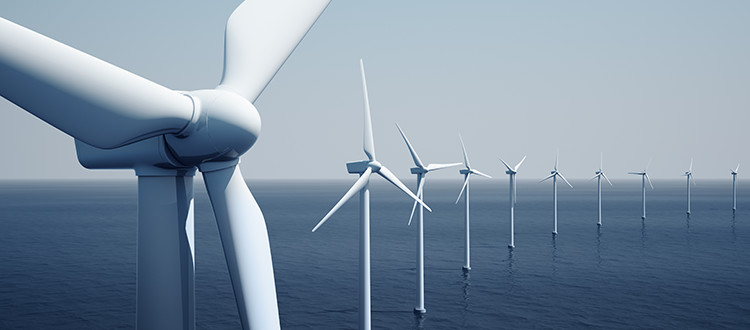Little Known Facts About Wind Energy
Learn More About Wind Energy
You may have driven past those huge rotating wind energy turbines before, but how much do you actually know about this form of renewable energy? Wind power uses naturally occurring air flow to make electricity. The turbine blades actually capture kinetic energy that’s in the form of wind and turn it into mechanical energy, which then spins a generator to create the electrical current. Read on to learn more little known facts about wind energy.
Wind Is A Form Of Solar Energy
This is a little tricky to wrap your head around, but wind is actually a form of solar energy. Wind itself is caused by the uneven heating of the atmosphere by the sun. The varied terrain of the earth’s surface along with its rotation also have an effect on wind flow. The patterns of the wind can be modified by the different surfaces of the earth, large bodies of water, and different forms of vegetation as well.
There Are Two Basic Groups Of Turbines
Wind turbines are basically the opposite of a fan. Fans use electricity to create wind and a turbine rotates and uses wind to create wind energy. As the blades turn, they spin a shaft that is connected to a generator and creates electricity. There are two categories of turbines currently in use—one has a horizontal axis and the other has a vertical axis. You are most likely to see the turbines with the horizontal axis being used.
Turbine Size Affects Power Ratings
Because turbines come in a variety of shapes and sizes, they all have different power ratings. Some of the largest wind energy turbines—that scale over 20 stories and have turbines that span over 100 yards—have the ability to power approximately 1,400 homes. A smaller wind machine that stands about 30 feet tall with rotors between 8 and 25 feet can typically supply power to a single family home or a small business.
The Investment Will Pay Off
Costs for wind energy infrastructure has gone down in the past few years, but the initial cost and newest technology does still require a large financial investment. Most of the cost goes toward the actual equipment, and the rest is allocated to preparing the site and installation. The good news is that down the road, your investment will pay off much better than with fossil fuels. Wind power does not require fuel for it to run, and upkeep of the turbines is much less expensive than maintaining equipment that is needed to generate fossil fuels.
There Are Three Basic Types
We can break down the different forms of wind energy into three different types. The first is the one that is probably most well known, and is called utility-scale wind. This kind uses turbines that are bigger than 100 kilowatts. The electricity they produce is distributed to the power grid for public consumption by a power systems operator or electric company. Distributed, or small wind, uses turbines that are smaller than 100 kilowatts and sends the power directly to a farm, home, or small business. Offshore winds are the third type and are gaining popularity in the United States.

